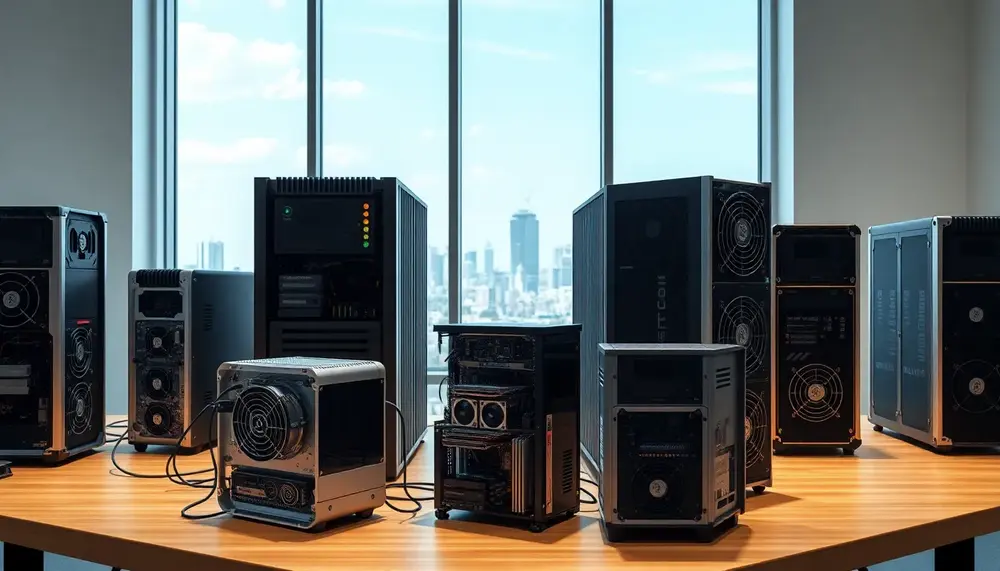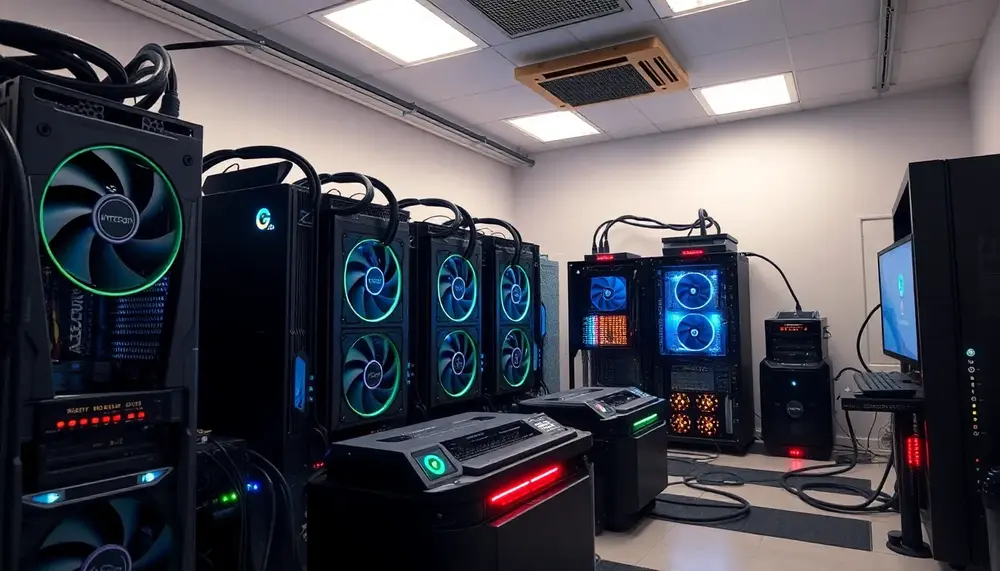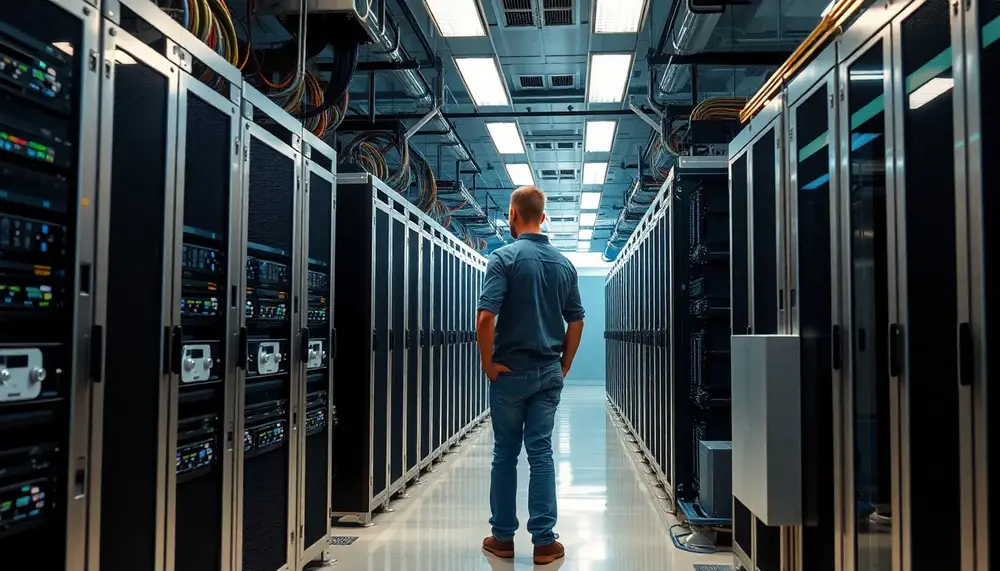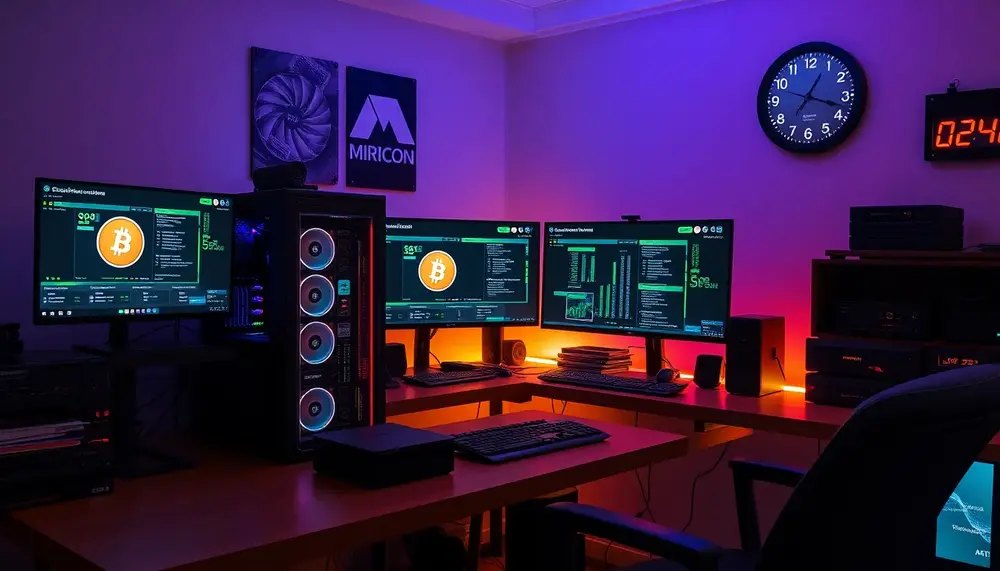N-Hash
N-Hash
Understanding N-Hash in Bitcoin Mining
As you delve into the world of Bitcoin mining, you will come across various concepts and terms. Among these, one term you may come across is N-Hash. But what is N-Hash? This entry offers a detailed explanation to help you better understand this term and its significance in Bitcoin mining.
Definition of N-Hash
In the context of Bitcoin mining, N-Hash is a reference to the mathematical computations a hardware unit needs to crunch and solve in order for a bitcoin transaction to be verified and completed. Simply put, N-Hash refers to the "number of hashes" a miner must work out to verify a block of transactions on the Bitcoin network.
The Role of N-Hash
The N-Hash plays a crucial role in maintaining the security of the Bitcoin network. It ensures that the information contained within a block cannot be altered without redoing all the work. By verifying the N-Hash, miners can ensure that nobody is cheating or double-spending within the network.
The Impact of N-Hash on Mining Performance
Mining hardware's ability to compute N-Hash impacts its overall performance. The more N-Hash a mining unit can compute, the greater its chances of successfully solving the mathematical computations and verifying a block before any other participant in the network. This underlines the importance of N-Hash in the competitive landscape of Bitcoin mining.
Conclusion
Understanding the concept of N-Hash is vital for anyone interested in Bitcoin mining. The number of hashes a mining hardware can compute directly influences its mining efficiency and chances of successfully verifying a block, thereby earning the associated rewards. Ultimately, the N-Hash is a simple, yet vital measure of a miner's potential success in the Bitcoin mining industry.
Blog Posts with the term: N-Hash

Bitcoin mining apps can transform your device into a mini mining rig, but with the market flooded by both genuine and dubious options, it's crucial to verify platforms like Google Play for reliability through download numbers, ratings, user reviews, and...

Bitcoin mining in Pakistan is gaining traction due to increasing awareness and potential profits, despite challenges like high electricity costs and equipment acquisition. The market for mining machines varies widely in price based on specifications and demand, with graphics cards...

The Nvidia Hopper H100 GPU is generating buzz in the mining community due to its impressive hashrate of around 375MH/s and substantial memory bandwidth, making it a potential game-changer for cryptocurrency miners. However, challenges such as high power consumption (500-600...

The article provides a comprehensive guide on setting up Monero solo mining on a Linux system, detailing the necessary requirements, installation steps for Monero software, synchronization with the network, configuration of mining settings, and monitoring performance to ensure efficient operation....

Intel i5 processors offer a balanced option for cryptocurrency mining, providing decent hashrate potential with considerations like core count, clock speed, and energy efficiency impacting performance; while not as powerful as dedicated ASICs, they provide versatility for other computing tasks....

Crypto cloud mining allows individuals to mine cryptocurrencies by renting computing power from remote data centers, making it accessible without needing technical expertise or expensive hardware. While offering advantages like cost-effectiveness and scalability, users must be cautious of potential risks...

This guide provides an introduction to Cortex solo mining, covering essential steps such as setting up a wallet and choosing the right mining software. It highlights the benefits of solo mining, including full rewards and independence, while also noting its...

Joining OctaSpace mining pools can ease entry into cryptocurrency mining by combining computational power for better rewards, but requires understanding pool size, fees, and payout systems. Optimizing equipment setup and leveraging community support are crucial steps to enhance efficiency and...

Bitcoin's global hashrate hit a record 1.1 ZH/s, enhancing network security but reducing miner profitability due to rising costs and stagnant markets; US miners face added pressure from tariffs on imported equipment, demanding innovative solutions for survival....

Bitcoin mining is a decentralized process where miners use computational power to solve cryptographic puzzles, securing the Bitcoin network and earning rewards; it involves various hardware types like CPUs, GPUs, FPGAs, and ASICs. Mining difficulty adjusts every 2,016 blocks to...

Bitcoin mining is considered a business activity, requiring miners to report earnings and pay taxes based on the fair market value of mined coins while potentially deducting expenses; initiatives like the Global Mining Tax Initiative aim to harmonize tax policies...

The U.S. Bitcoin mining industry faces challenges due to dependency on Chinese ASIC devices and Trump's tariffs, while global initiatives like Block Inc.'s growth plans, Pi Network's Open Mainnet launch, Augsburg’s solar-powered mining innovations, and BitFuFu's expansion in Oklahoma highlight...

The Bitcoin mining industry faces challenges like rising competition and declining rewards, prompting miners to explore AI, chip manufacturing, and innovative solutions such as aviation-based mining. Companies like BsvCloud aim to simplify entry for beginners with user-friendly plans, while Volato...

Despite a 4.5% drop in Bitcoin's price to around $56,335, the hashrate reached an all-time high of 742 EH/s, indicating increased network security but pressuring miners; meanwhile, large investors continue buying Bitcoin as wallets with over 100 BTC hit a...

